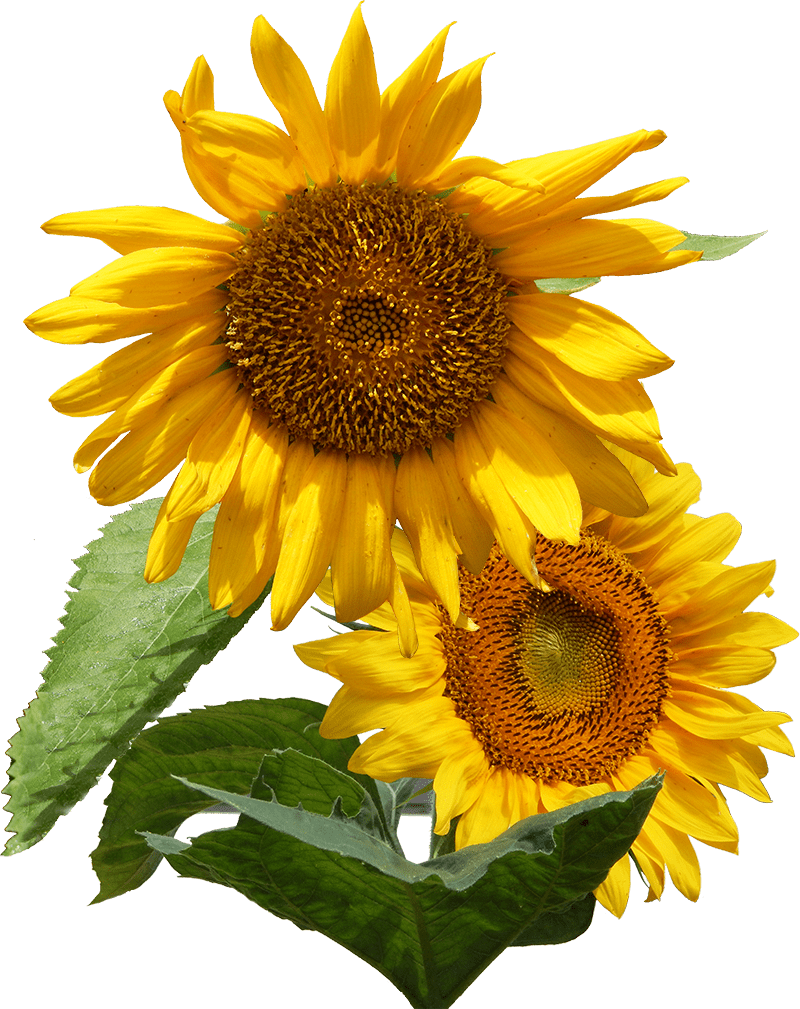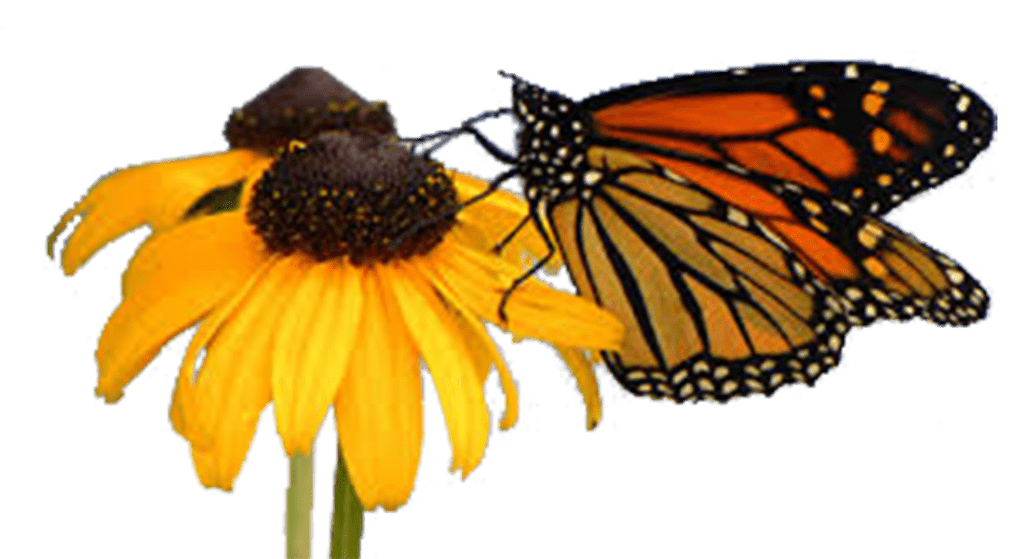I once met a minister who would not allow his school age children to eat Lucky Charms cereal or read the Harry Potter series of books because the cereal was “magically delicious” and Harry Potter and friends were wizards and witches.
My own teenagers were reading J.K. Rowling’s fantasy fiction in the 90’s to early 2000’s, so I did as well. I have never been a fan of the fantasy genre, but these books were different. Set in England, they have a historical fiction quality that I found appealing.
Because my granddaughter is now reading Harry Potter and because I felt the need to have my imagination whisk me away, I re-read the series about “the boy who lived.”
J.K. Rowling has woven a tale about more than just witches and wizards; there are the straightforward themes of love and friendship, good versus evil, kindness, compassion, and overcoming obstacles, among others. Yet, the second time through I encountered more complex concepts such as racism, patriarchy, spirituality, and redemption. To dismiss these novels simply because the characters use magic seems foolish. I am glad I read the set again.
During this time of pandemic reading, I also read two more books by Anne Lamott: Dusk, Night, Dawn: on Revival and Courage and Help, Thanks, Wow: The Three Essential Prayers. Because she is so real and genuine in expressing herself, I feel as though we are friends when I finish one of her books. This is further enhanced for me with her use of well-placed expletives. In fact, she says the fourth essential prayer is, “Help me not be such an ass.” Both books helped me see more clearly the extraordinary in the ordinary and the spiritual gifts hidden in difficulties.
I enjoyed the latest book in the Tea Shop Mysteries by Laura Childs, Twisted Tea Christmas. Cicely Tyson’s autobiography, Just As I Am, was a good read as well.
One of my favorite pandemic reads was The Love Letters of St. Francis and St. Clare of Assisi: The Journey of Two Great Saints, Soaked in Love, That Changed the World, compiled by Bruce Davis. This is a truly beautiful exposition on unconditional Love—the ‘God is love’ Love.
Speaking of Love, John Pavlovitz’s book, If God is Love, Don’t Be a Jerk: Finding a Faith that Makes us Better Humans, is excellent. Those of you, however, from a conservative Christian belief system will find it heretical. I guess that is one of the reasons I liked it so much—it challenged me to find a way to love you and not be a jerk.
One last recommendation for now is Nan C. Merrill’s, Psalms for Praying: An Invitation to Wholeness. Each Psalm is a prayer of contemplative devotion to God, Awareness, Spirit. It is not a book to rush through. The following verses come from Psalm 101.
May I be a mirror of your Love
to all that I meet;
May I reflect the freedom of your
Truth, and live
as a beneficial presence in
the world.
Happy reading!

